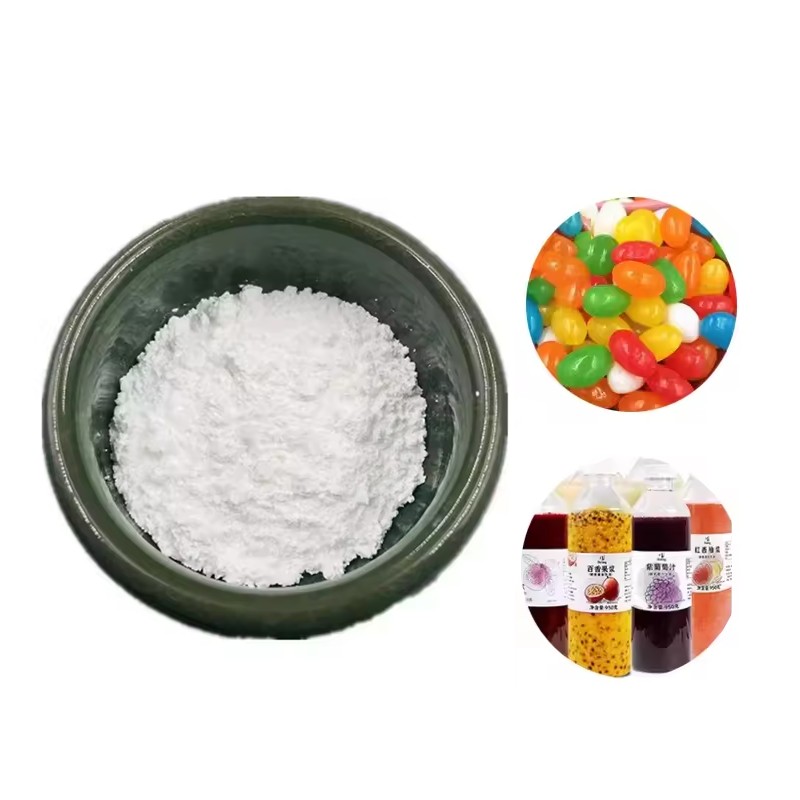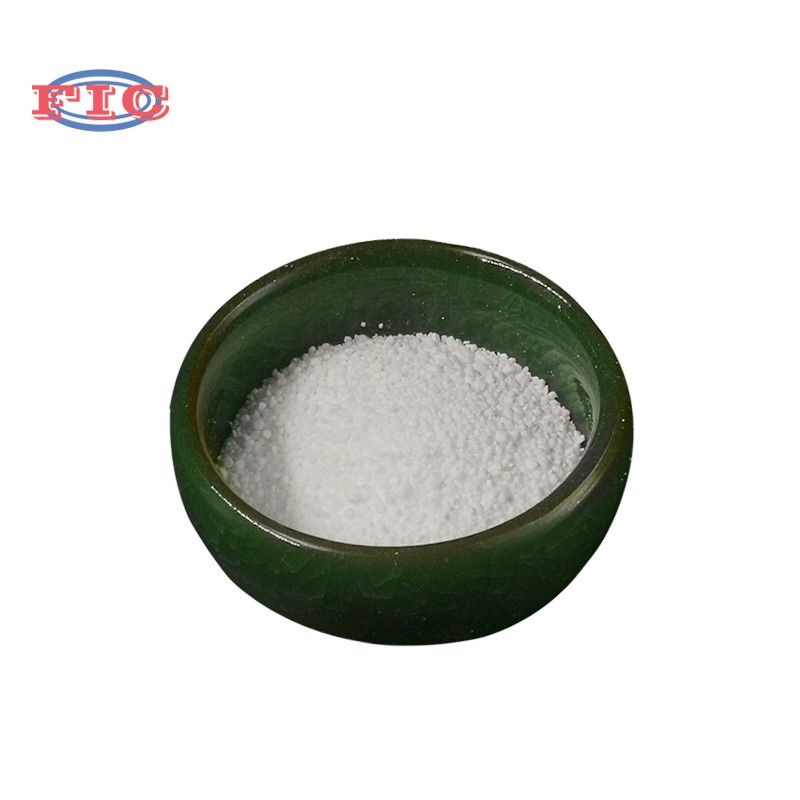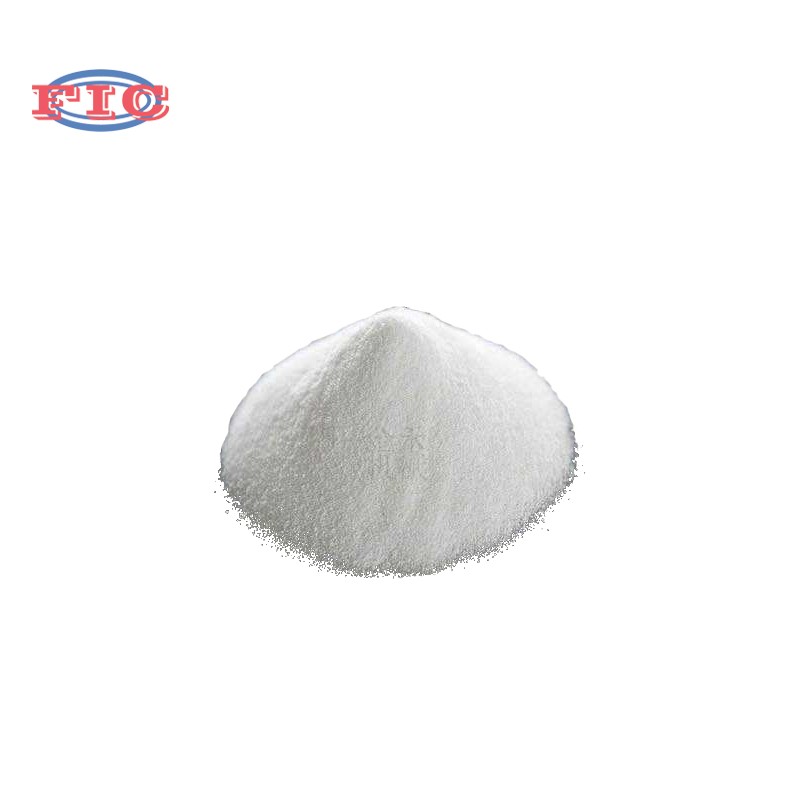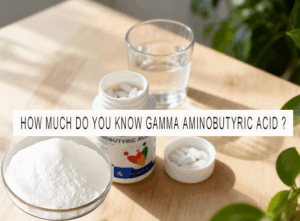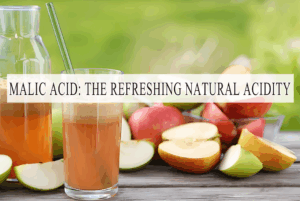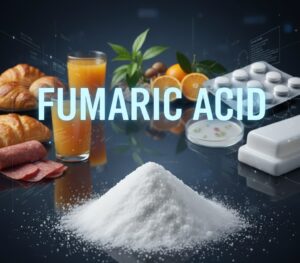If you’ve ever enjoyed a wobbly jelly dessert, used certain skincare products, chances are you’ve encountered agar agar. But what exactly is this mysterious substance? Let’s dive into the world of agar agar, exploring its origins, uses, and how it differs from a similar-sounding term: nutrient agar.
What Is Agar Agar?
Agar, often called agar agar (derived from the Malay word for seaweed), is a gelatinous substance extracted from specific species of red seaweed, primarily from the genera Gelidium and Gracilaria. Humans have used this natural thickener for centuries, with historical records tracing its use back to 17th-century Japan, where it was first developed as a commercial product. Today, it’s a staple in various industries due to its unique gelling properties and versatility.
Chemically, agar consists of two main components: agarose and agaropectin. Agarose, the gel-forming part, creates a firm, clear matrix when dissolved in hot water and cooled. Unlike animal-based gelatin, agar is completely vegetarian and vegan, making it a popular plant-based alternative. It also has a higher melting point (around 85°C) and a lower gelling point (32–39°C) compared to gelatin, meaning it stays solid at room temperature without refrigeration in many applications.
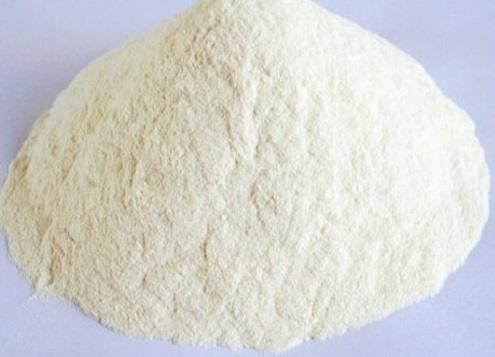
Common Uses of Agar Agar
Food Industry
- Jellies and desserts: Firmer than gelatin, agar-based jellies hold their shape beautifully and are perfect for vegan panna cotta or fruit jellies.
- Baked goods: It improves moisture retention in cakes and bread, extending shelf life.
- Candy and confectionery: Helps create chewy textures in gummy candies without animal products.
- Dairy alternatives: Stabilizes plant-based milks and creams, preventing separation.
Laboratory and Scientific Applications
Cosmetics and Pharmaceuticals
- Cosmetics: It appears in creams, lotions, and hair products as a stabilizer and emulsifier.
- Wound care: Some dressings use it for its absorbent and moisturizing qualities, promoting healing.
- Dietary supplements: As a bulk-forming laxative, agar helps regulate digestion.

Agar Agar vs. Nutrient Agar: Key Differences
While the terms sound similar, agar agar and nutrient agar serve very different purposes. Let’s break down their key differences in simple terms:
Definition
Agar agar is a pure, natural extract from red seaweed, consisting mainly of agarose and agaropectin. It’s the raw material derived directly from seaweed without any additional ingredients.
Nutrient agar, on the other hand, is a prepared medium specifically formulated for laboratory use. It contains agar as a base, but manufacturers add nutrients like beef extract, peptone, and salts to create an environment where microorganisms can grow and thrive.
Composition
Agar agar’s composition is straightforward: it’s primarily the gelling agents agarose and agaropectin, with no added nutrients.
Nutrient agar combines agar with both organic components (such as meat or yeast extracts that provide carbon and nitrogen sources) and inorganic salts, creating a balanced nutrient profile essential for microbial growth.
Main Uses
Agar agar prowder acts as a versatile thickener, gelling agent, and stabilizer in foods, cosmetics, and even laboratory settings (when researchers add their own nutrients).
Nutrient agar has a specialized role: it exists solely to cultivate bacteria, fungi, and other microorganisms in scientific research. Its pre-mixed nutrients make it ready-to-use for petri dish cultures and microbiological experiments.
As one of the most widely used algins in the world, it has a wide range of applications in the food industry, pharmaceutical industry, daily chemical industry, bioengineering and many other fields. Next time you encounter this ingredient, you don’t have to worry about whether it is harmful to your health. At the same time, don’t confuse agar with nutrient agar.

